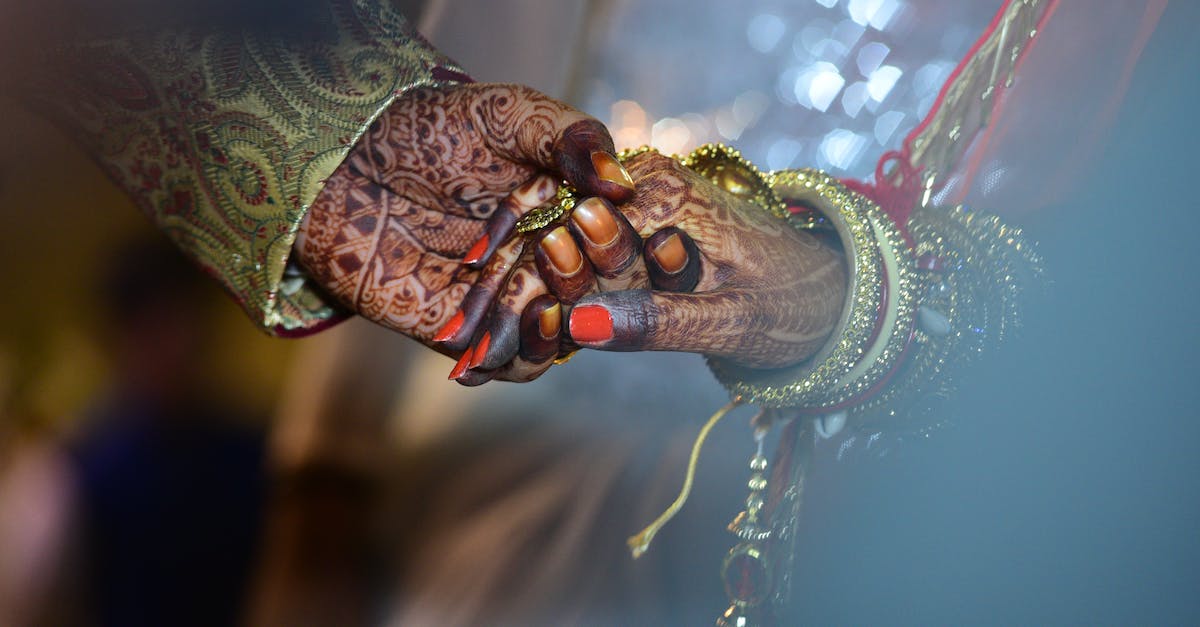How to Become an Effective 2nd Shooter at Wedding Photography Events
If you’re starting out as a photographer, you may want to consider taking on wedding photography as a great way to gain experience and build your portfolio. Working as a second shooter at a wedding event is an invaluable experience, but it also comes with its own unique set of challenges. To be an effective second shooter, it’s important to know what’s expected of you and to be well prepared for the day.
Understand Your Role
As a second shooter, your job is to provide supplemental imagery for the primary photographer, as well as taking candid photographs of guests during the wedding ceremony and reception. It is important to understand your role on the day, communicate your needs to the primary photographer, and be aware of their timeline and expectations.
Be Prepared
Being well-equipped and prepared is a key part of being a successful wedding photographer. Make sure to have all the necessary equipment beforehand. This includes multiple lenses, plenty of batteries and memory cards, and a backup camera in case of any malfunctions. You should also bring a screenshot of the couple’s photo list to ensure that you get all the shots they want captured.
Have a Professional Attitude
As a second shooter at a wedding, you should maintain a professional attitude at all times. You should be punctual, polite and courteous, and dress accordingly. You should also be sensitive to the couple’s wishes and the strict wedding day timeline so that you can stay on top of your schedule of shots.
Be Adaptable
Wedding photography is all about being able to adapt and be flexible. You should always be open to change, as things can often pop up on the day. You can never plan for every contingency, so it is essential to remain calm and handle any last minute changes as much as possible.
Focus on the Candid Shots
When you’re at the wedding, make sure to always be looking out for any special candid shots you can take. Make sure that you capture the couple’s interactions with each other, as well as those between them and their wedding guests. These shots will give a more personal and intimate feel to the final photos.
Develop a Working Relationship with the Primary Photographer
Having a strong working relationship with the primary photographer is essential to being a successful second shooter. Communication and collaboration with the primary photographer is the key to having a successful wedding photography event.
Be Social Online
Once you’ve established a working relationship with the primary photographer, be sure to stay connect with them online—through social media and blogging. This is a great way to stay in touch after the wedding, offer them referrals, and work on future projects together.
Stay up on the Latest Trends in Wedding Photography
The world of wedding photography is constantly changing, so it’s important to stay up on the latest trends in the industry. Make sure to attend any local workshops or seminars in wedding photography, and to read up on the latest technology and techniques to ensure that you’re always up to date.
Summary
Being an effective second shooter at a wedding photography event requires organization, preparation, professionalism, adaptability and a good relationship with the primary photographer. With the right skills and knowledge, you can become a great asset to any wedding photography team.

